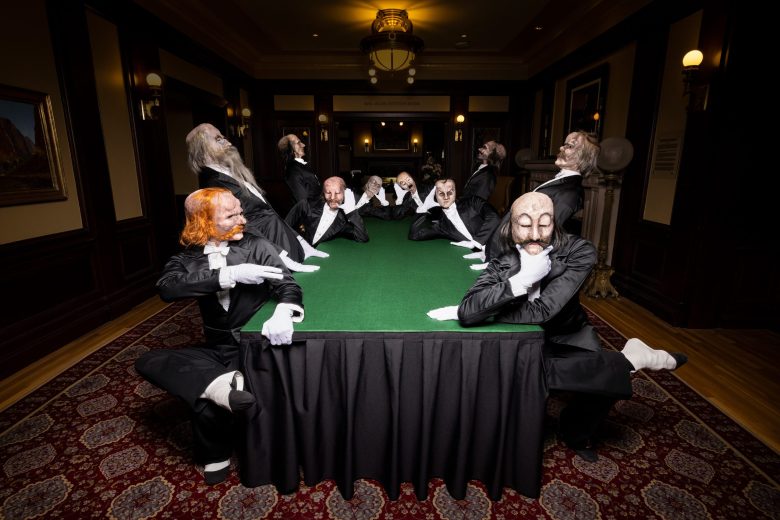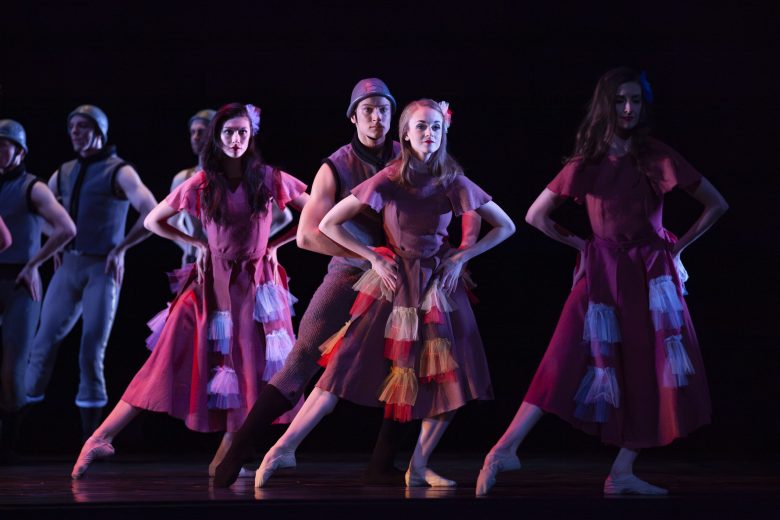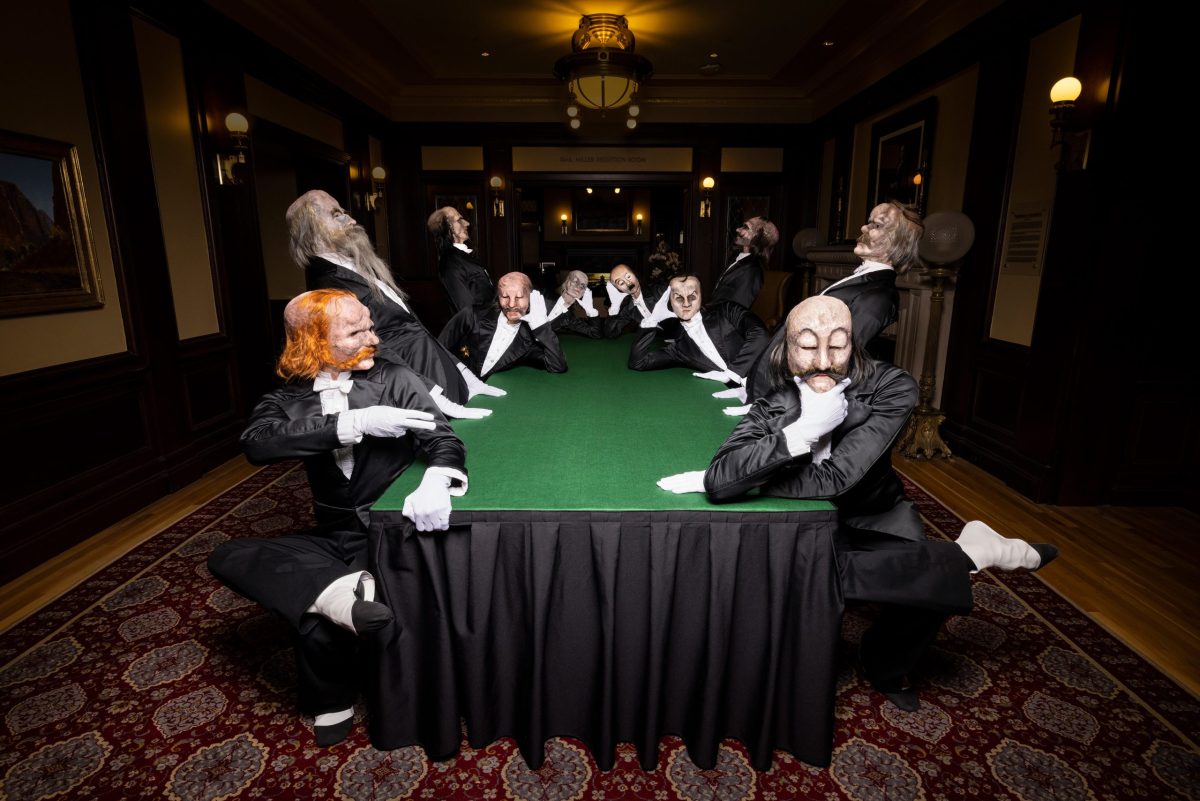
Ballet West shares a not-to-be missed program during a timely moment of current affairs across the globe with their final main-stage production of “Love and War,” running April 12-20 at the Janet Quinney Lawson Capitol Theatre, 50 W. 200 South, Salt Lake City.
Featured in the program is one of the world’s greatest ballet masterpieces, Kurt Jooss’ 1932 work “The Green Table,” returning to the Ballet West stage with a spellbinding score for two pianos by Frederick Cohen.
In eight profoundly moving scenes, Jooss and Cohen depict the futility of war, its tragedy and the redemptive power of humanity.
The 1932 antiwar piece was entered into a festival in 1939, where it won first prize, earning an invitation by Adolf Hitler for Jooss to become the national choreographer for Germany, but only if he dismissed his Jewish company members.
Jooss refused and chose to escape Germany, along with his family, company and fellow collaborators.
“‘The Green Table’ is a masterpiece and in many ways one of the greatest theater works of all time.” said Ballet West Artistic Director Adam Sklute.
“Presented in a series of stark, but emotional tableaux based on medieval wood cuts, it is the epitome of German Expressionism from the early 20th Century. It is about war, but its genius lies in the fact that the ballet never picks sides; it never preaches right or wrong, simply that the ultimate winner in war is always only death. The ballet is a profoundly moving experience for artist and audience alike.”
The program will also feature Ballet West’s revival of fiery and dynamic “Red Angels,” choreographed by Ulysses Dove with music by Richard Einhorn.
The production includes four dancers accompanied by an electric violin and played by the original interpreter, Mary Rowell, one of only two people in the world to perform the score, presenting a nonstop outpouring of energy and passion.
The “Love and War” program will open with the Utah Premiere of William Forsythe’s “Blake Works I.”
Set to the tuneful and moody songs of British singer songwriter James Blake, “Blake Works I” is filled with Forsythe’s unique blend of hyperextended classical vocabulary and distinctive, unexpected directional changes, while always maintaining a classical purity.

Forsythe is recognized as one of the greatest living choreographers in the world, creating this elegant and sensual work on the Paris Opera Ballet in 2016. And to date, San Francisco Ballet, Boston Ballet and now Ballet West are the only American companies given permission to produce the work.
“This is a spectacular full-company work that really extends our dancers abilities,” said Sklute. “Forsythe’s way of moving demands a great deal of athleticism and speed. His work requires dancers to change direction in an instant and extend movement beyond what they are physically used to. This is what makes the work exciting both for the artist and the audience. But ‘Blake Works I’ also surprises us with its unexpected purity of line and approach. It may be one of Forsythe’s most stately works, and its elegance is what, to me, makes it such a good fit for Ballet West’s artists.”

